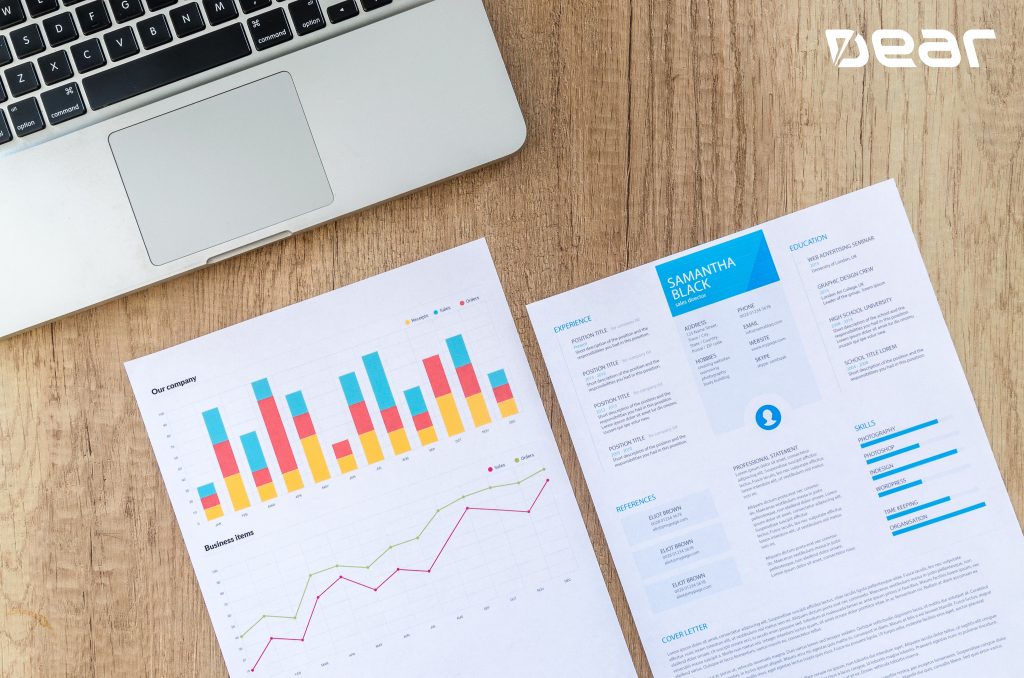Try our Cloud ERP solution today, completely free!
Price Forecasting and Inventory Management, Making Bold Predictions and Big Steps Forward

On the surface, solid inventory management should be able to offer some basic details. What is the current stock? What is the value of the inventory?
These two things are relatively basic, and available in most inventory management platforms. But good software goes above the basics and offers something far more valuable. With some excellent features and more nuanced data, businesses can make bold predictions.
Perhaps the most valuable is price forecasting. Good price forecasters are like weather professionals. They use the information provided to make timely and accurate decisions. But they rarely resort to guessing. They have the resources to make informed decisions. We look at how price forecasting plays a role in inventory management.
Supply and Demand
Price forecasting is ruled by supply and demand. Whatever amount you set for a price should be dictated by supply and demand. Of course, these things are in a constant state of flux. Products inbound and outbound are affected by the variables of supply and demand.
Most small business leaders fundamentally understand how supply and demand can affect the price for their products, but what does that mean in practice? It is not necessarily something that will just happen naturally. It takes someone with a strong sense of price forecasting to make adjustments to maximize profit margins.
Scenarios for Price Changes
A price adjustment should be justified by the marketplace. There are some very clear ways small businesses can make sensible market price adjustments.
• Seasonal Products: Shorts won’t usually garner the same price during the winter compared to the summer. Seasonal products change price cyclically. Brand suppliers should strongly consider this by having in mind a standard winter rate and a standard summer rate.
• Supply Costs; Supply costs can change, also affected by marketplace supply and demand. This can have a “trickle” effect for products which rely on other products to exist. It is always important to look not just at the product but the resources it uses. For example, inventory managers may look at the cost of shorts, but their attention should also be placed on fabric and textile costs.
• Trends: Inventory managers and price forecasters can keep a very close eye on local and national trends. This applies to all industries. There are trends sweeping companies from auto manufacturers to toy suppliers. Can you capitalize on these trends?
Price changes have to be consciously evaluated. If they are done without justification, it could anger a core audience. If they are done too loosely, sales could be lost.
Good price forecasting is a really valuable skill to have. It requires a patience and comprehensive understanding of the marketplace. It may be easy to just increase the price when supply is low and decrease when it goes up. But as any good business leader has experienced, it is never that simple. Inventory management can help small businesses pull records and reports to understand the current status of supply and demand. If used properly, they can make bold predictions to lean into the ebb and flow of the marketplace.
Start your free 14-day trial today
Ease of Use: What Does it Mean and How Do You Find it When Exploring Inventory Management Software?
Three Things All Good Inventory Managers Must Take Control Of
All Features Included.
Try DEAR for 14 days, completely free!
